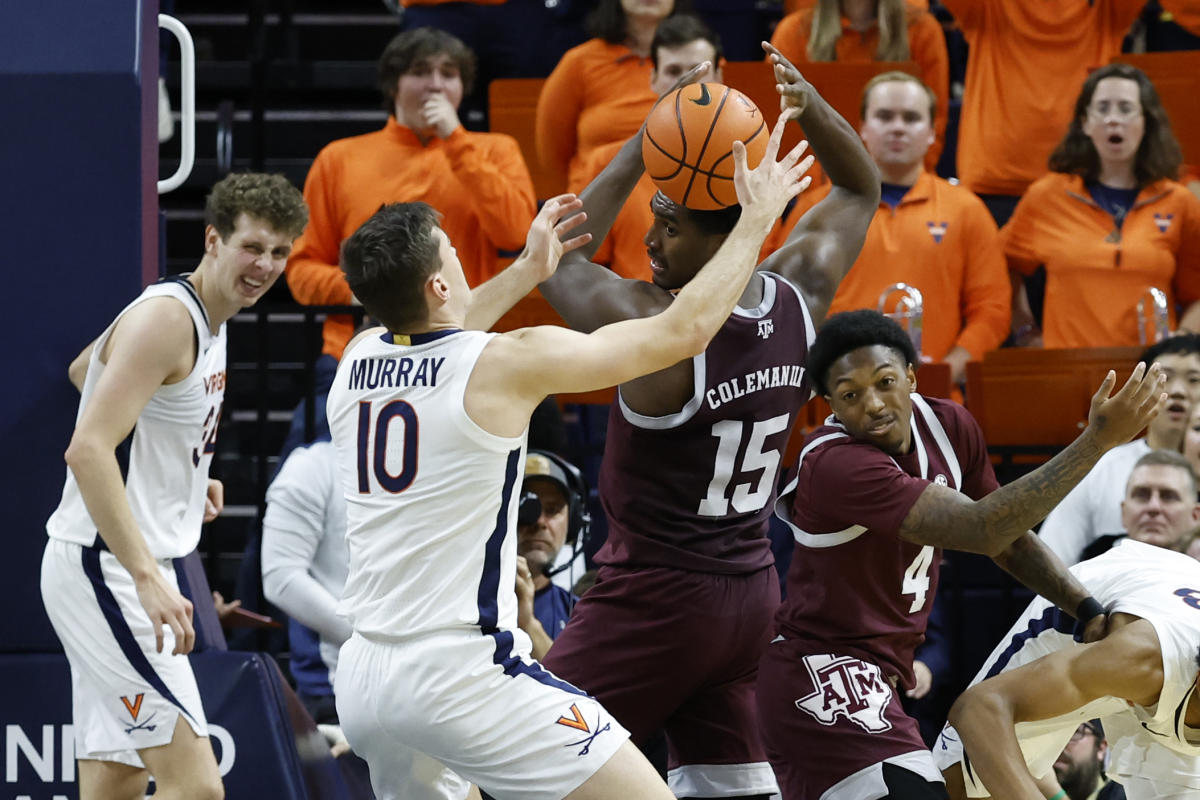Football is undergoing significant changes, and it doesn’t take a conservative old-timer to notice it. The top tier of men’s football has transformed greatly in the past decade, with certain aspects fading away. Some of these changes are intangible, such as the diminishing sense of community and the saturation of football content dulling our senses and reducing excitement. However, some changes are more quantifiable. So, we’ve conducted measurements to identify several things that are no longer common in football, or at least have significantly decreased.
-
We’re moving away from the traditional 4-4-2 formation. For a long time, this formation was the go-to for English football teams – as quintessentially English as a cup of tea, orderly queues, and a parochial attitude towards cuisine. Occasionally, coaches would experiment with a sweeper or deploy a 4-5-1 for a challenging away game. The specter of a 3-5-2 also made sporadic appearances. However, managers generally preferred simplicity. Two full-backs, two center-backs, two wingers, two central midfielders, and two strikers – football guided by Noah herding animals onto the Ark. Today, this formation is virtually extinct. In the 2009-10 season, 43.9% of starting line-ups in the league used a 4-4-2, according to Opta. This steadily declined until a sudden drop in 2012-13, falling from 33% the previous season to just 12%. In the current season, only 6.5% of starting XIs have deployed a 4-4-2. Burnley, Luton Town, and Crystal Palace have been the main proponents of this formation, while most other teams opt for a variation of the 4-2-3-1 setup. It’s important to note that football tactics are constantly evolving and can be cyclical. While the 4-4-2 seems dormant now, it may rise again in the future.
-
The traditional “in the mixer” corner, which involves crossing the ball into the box, is being overshadowed by the short corner. The crossed corner was merely a more aesthetically pleasing version of launching the ball into the mix, with a skilled winger or playmaker delivering it instead of a brute defender. However, this approach isn’t particularly efficient in terms of goal-scoring. Over the past decade, there have been 40,715 corners awarded in the Premier League, resulting in only 1,409 goals – a mere 3.5% conversion rate. Managers are now seeking more effective ways to use corners than simply crossing the ball into a crowded box. Many top-flight clubs employ set-piece coaches to design more thoughtful strategies. This quest for efficiency has contributed to the rise of short corners. In the 2012-13 season, only 11.7% of corners were taken short. However, this percentage has gradually increased in subsequent seasons, reaching 20.6% this season. Although traditional corners still dominate, the rise of short corners suggests their endangered status. It’s difficult to determine the impact on goal-scoring due to limited data, but there has been a slight increase in goals from corners over the past decade, somewhat corresponding with the rise in short corners. It’s worth mentioning that short corners don’t necessarily guarantee goals, as the number of goals scored from them can vary significantly between teams.
-
The popularity of long shots as a goal-scoring method is waning. Teams are now taking fewer shots from outside the penalty area. In the 2009-10 season, 45% of shots in the Premier League came from outside the box. This figure has gradually decreased, with only 33.2% of shots being long-range attempts last season. In the current season, it sits at 32.6%. The reason for this decline is apparent – shots from outside the box are less likely to result in goals compared to shots from within the penalty area. Although 45% of total shots in the 2009-10 season came from outside the box, only 13% of goals scored were a result of such shots. Long-range shooting, while occasionally spectacular, is an inefficient strategy for scoring goals. The emergence of expected goals (xG) and its growing significance is no coincidence. However, the decrease in long-range shots doesn’t necessarily mean fewer goals are being scored from distance. In fact, it’s difficult to draw definitive conclusions as the number of goals scored from long shots remains variable.

Michael Johnson is your soccer guru, providing extensive coverage of soccer. With a global perspective, he delivers match reports, player interviews, and insights into the beautiful game, ensuring readers stay connected to the world of soccer.




:no_upscale()/cdn.vox-cdn.com/uploads/chorus_image/image/72931262/usa_today_21973134.0.jpg)


